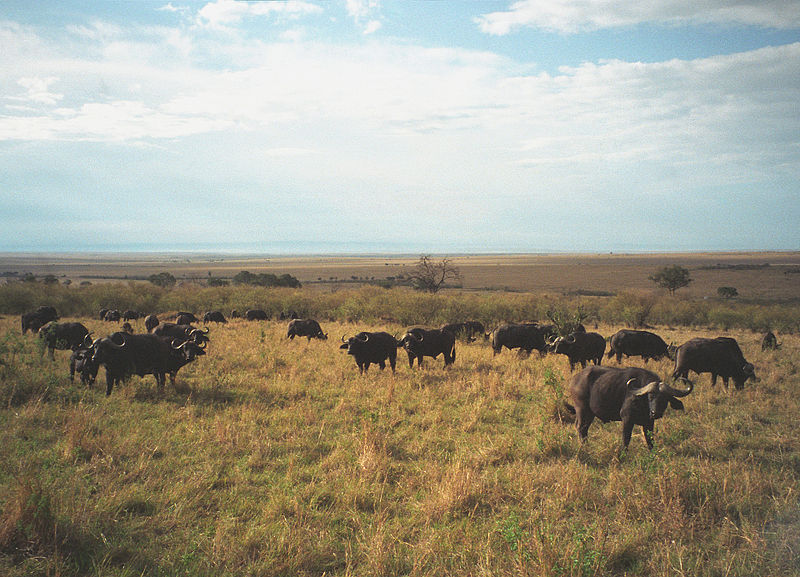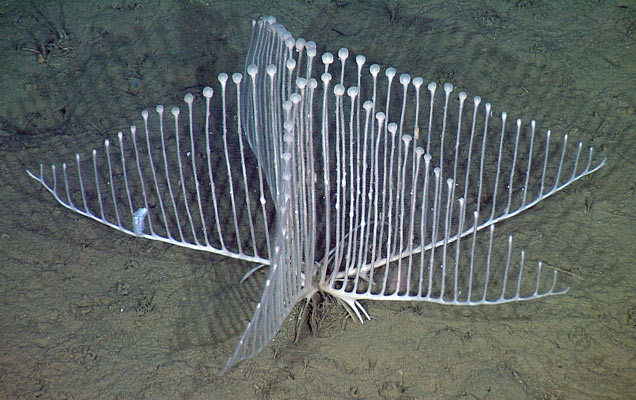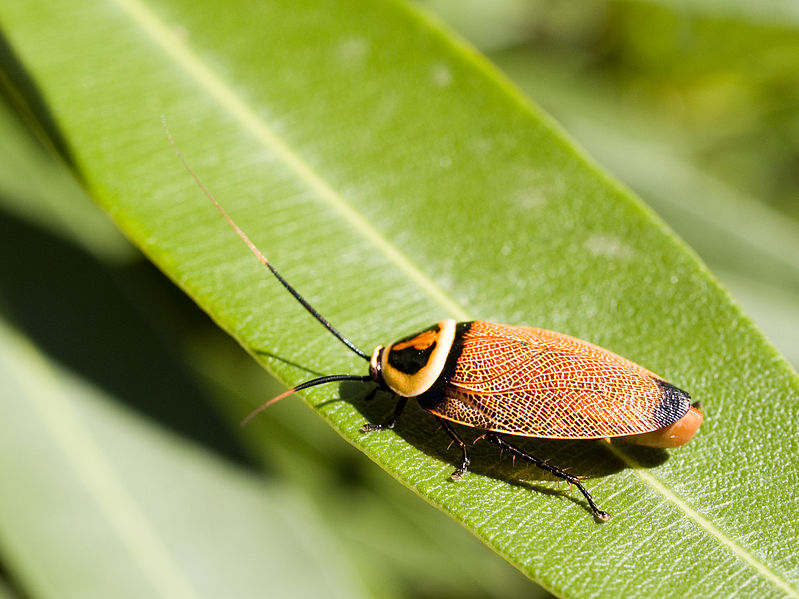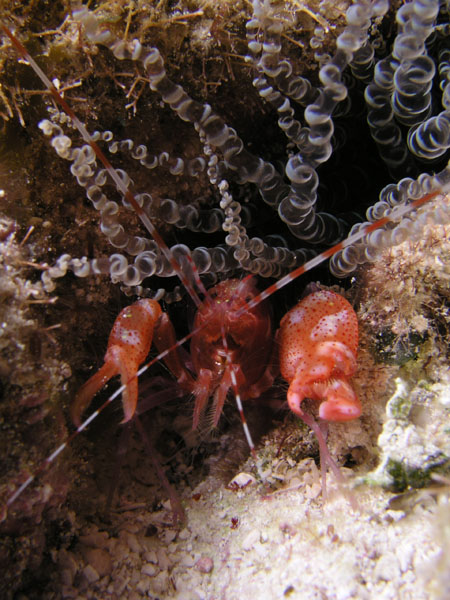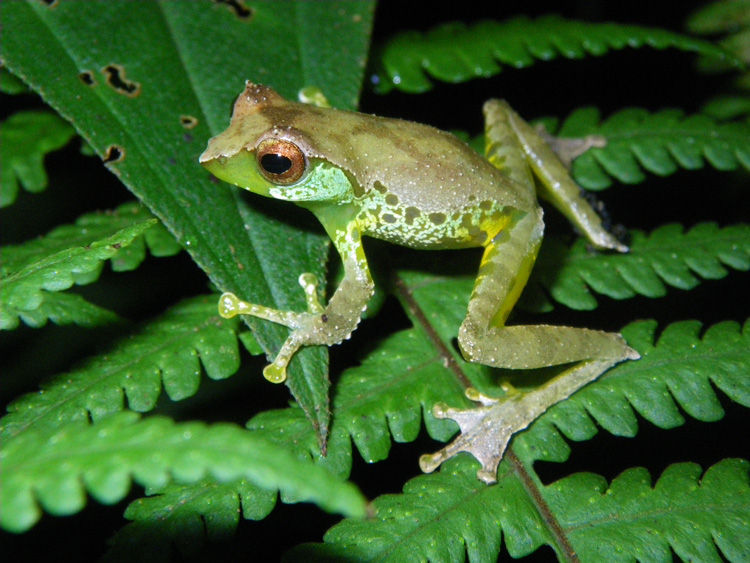
I really can’t believe this is Wild Fact #1. Just so everyone knows, there will be a Wild Fact #0, so make sure you check back on Monday July 8, 2013, to see what the final Wild Fact will be about. Before we get to the last fact of this project, we need to talk about an amazing animal that was discovered in 2011. Of course, I am talking about a small amphibian known as Quang’s Tree Frog. You will find out how they received this name shortly but first let’s take a look at our cool facts.
Cool Facts About the Quang’s Tree Frog
- Quang’s Tree Frog can typically be found throughout the high altitude forests of Vietnam, so if you plan on catching a glimpse of them in their natural habitat, you had better pack your hiking boots.
- If you plan on sleeping during this hiking expedition, then you may also want to pack some earplugs as these little frogs are known for their incredible calls.
- Quang’s Tree Frog is such a new species that we are still trying to figure out if they are endangered or not. At this point, the IUCN has them listed as “Data Deficient,” so if you feel like completing a research project in Vietnam, may I suggest studying the population patterns of these particular tree frogs?
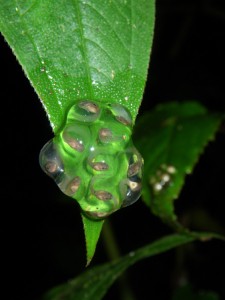
©2012 Jodi J. L. Rowley
No Two Songs Are The Same
The most amazing feature of the Quang’s Tree Frog is by far their singing voices. Unlike most other frogs, which use a single note or pitch to attract a female partner, these guys will mix a variety of whistles, clicks, croaks, and anything else their throats can produce. Believe it or not, researchers have yet to find two songs that were the same, so these frogs have an incredible ability to create original songs.
The Next American Idol
Even more shocking is the sound that is created when you mix all of the various songs together. I guarantee if you heard them in the wild, you would think they are birds. You know what? This is one of those times when you need to hear it yourself, so take a second and check out the short audio clip below. While you are listening to this, I want you to remember that this is a 26 mm (1.0″) long frog creating these sounds.
Pretty impressive, isn’t it? How could a female not be attracted to a sweet song such as this.
While researchers are still studying the sounds of these sweet singing frogs, it is believed that portions of the call are directed at different audiences. For example, the first part of the song may be telling other males to back away from their territory while the last part of the song is meant to attract that beautiful frog from across the pond.
To be honest, I don’t know if this is true, but I can tell you that hearing about new animals being discovered every day is definitely music to my ears.
Wild Fact Flashback: Wild Fact #999 – How Do Giraffes Communicate?



